Recent research has successfully quantified the directional characteristics of the clumping index (CI) in various vegetation canopies using the large-scale remote sensing data and image simulation framework (LESS) model. This study enhances our understanding of radiative transfer processes and could significantly improve ecological modeling and climate predictions.
Tag: Climate Modeling
Ocean currents threaten to collapse Antarctic ice shelves
Meandering ocean currents play an important role in the melting of Antarctic ice shelves, threatening a significant rise in sea levels.
How much difference can one degree of warming make?
The findings, which challenge existing climate models, underscore the need to refine predictions and understand the cascading effects on ecosystems, including our own in northern Arizona.
Air Pollution Hides Increases in Rainfall
In a new study, researchers broke down how human-induced greenhouse gas and aerosol emissions influence rainfall in the United States.
Vitamin B12 adaptability in Antarctic algae has implications for climate change
Vitamin B12 deficiency in people can cause a slew of health problems and even become fatal. Until now, the same deficiencies were thought to impact certain types of algae, as well.
Beyond Ice Cubes: Researchers Bring Complex Shapes to Sea-Ice Dynamics Models
Researchers model sea ice dynamics and thermodynamics to understand its role in global climate.
New study reports that Greenland is a methane sink rather than a source
Researchers at the University of Copenhagen have concluded that the methane uptake in dry landscapes exceeds methane emissions from wet areas across the ice-free part of Greenland.
Geoengineering may slow Greenland ice sheet loss
Modeling shows that stratospheric aerosol injection has the potential to reduce ice sheet loss due to climate change.
A simulation to visualize the evolution of Alpine ice cover over the last 120,000 years
Computer models now enable precise reconstruction of how the last glacial period shaped the European Alps’ landscape through glacier movements and valley formation.
PSU study examines how weather patterns will change in the future
In a warming Pacific Northwest, summers are getting hotter and winters less cold, but the atmospheric patterns that influence the weather aren’t necessarily expected to become stronger or more frequent by the end of the century, according to a new Portland State University study.
Ponds release more greenhouse gas than they store
Though human-made ponds both sequester and release greenhouse gases, when added up, they may be net emitters, according to two related studies by Cornell University researchers.
LLNL scientists among finalists for new Gordon Bell climate modeling award
A team from Lawrence Livermore and seven other Department of Energy (DOE) national laboratories is a finalist for the new Association for Computing Machinery (ACM) Gordon Bell Prize for Climate Modeling for running an unprecedented high-resolution global atmosphere model on the world’s first exascale supercomputer.
Modeling climate extremes
Researchers from Oak Ridge National Laboratory and Northeastern University modeled how extreme conditions in a changing climate affect the land’s ability to absorb atmospheric carbon — a key process for mitigating human-caused emissions.
Changing Seasons: Jet Shift Causes Seasonally Dependent Future Changes in the Midwest Hydroclimate
A new study that aims to resolve uncertainty in projections of future changes in the U.S. Midwest rainy season projects that while future seasonal mean precipitation will not change significantly, late spring precipitation will increase and late summer rainfall will decrease. The study indicates these changes will be driven by the poleward shift in the North American westerly jet due to climate change. The results may mean an increased risk of late-spring deluges and late-summer droughts for the Midwest.
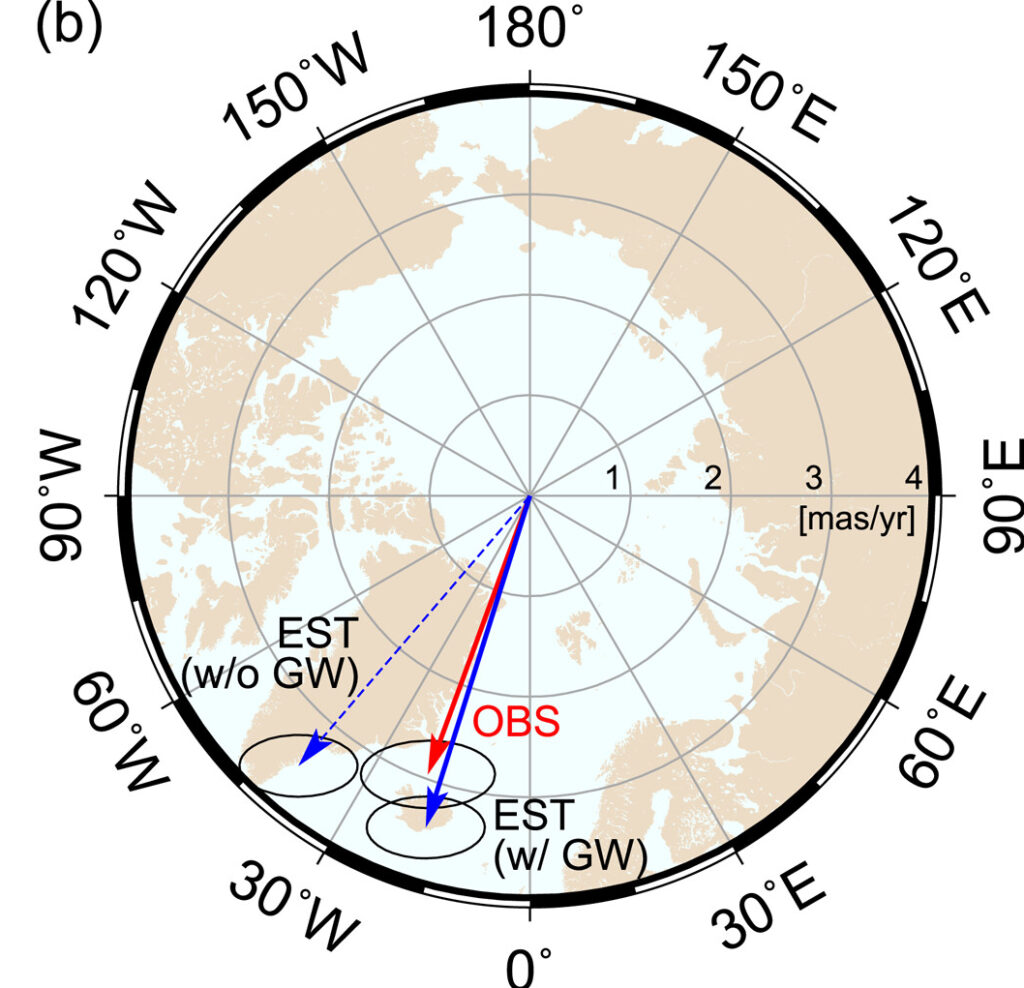
We’ve pumped so much groundwater that we’ve nudged the Earth’s spin
By pumping water out of the ground and moving it elsewhere, humans have shifted such a large mass of water that the Earth tilted nearly 80 centimeters (31.5 inches) east between 1993 and 2010 alone, according to a new study.

Order in chaos: Atmosphere’s Antarctic oscillation has natural cycle
Climate scientists at Rice University have discovered an “internally generated periodicity” — a natural cycle that repeats every 150 days — in the north-south oscillation of atmospheric pressure patterns that drive the movement of the Southern Hemisphere’s prevailing westerly winds and the Antarctic jet stream.
Extremely hot days are warming twice as fast as average summer days in North-West Europe
New study analysed data on near-surface air temperatures recorded for North-West Europe over the past 60 years.
Sandia switches to hydrogen weather balloons
More than three years ago, the Sandia National Laboratories-operated atmospheric measurement facility in Alaska switched from launching helium-filled weather balloons to launching weather balloons filled with hydrogen produced on-site. By switching the gas used in their weather balloons, it has reduced its metaphorical footprint on the fragile Arctic ecosystem. Since then, the site has launched nearly 5,000 hydrogen balloons with minimal issues.
Hidden ice melt in Himalaya: Study
A new study reveals that the mass loss of lake-terminating glaciers in the greater Himalaya has been significantly underestimated, due to the inability of satellites to see glacier changes occurring underwater, with critical implications for the region’s future projections of glacier disappearance and water resources.
Climate change threatens global fisheries
The diet quality of fish across large parts of the world’s oceans could decline by up to 10 per cent as climate change impacts an integral part of marine food chains, a major study has found.
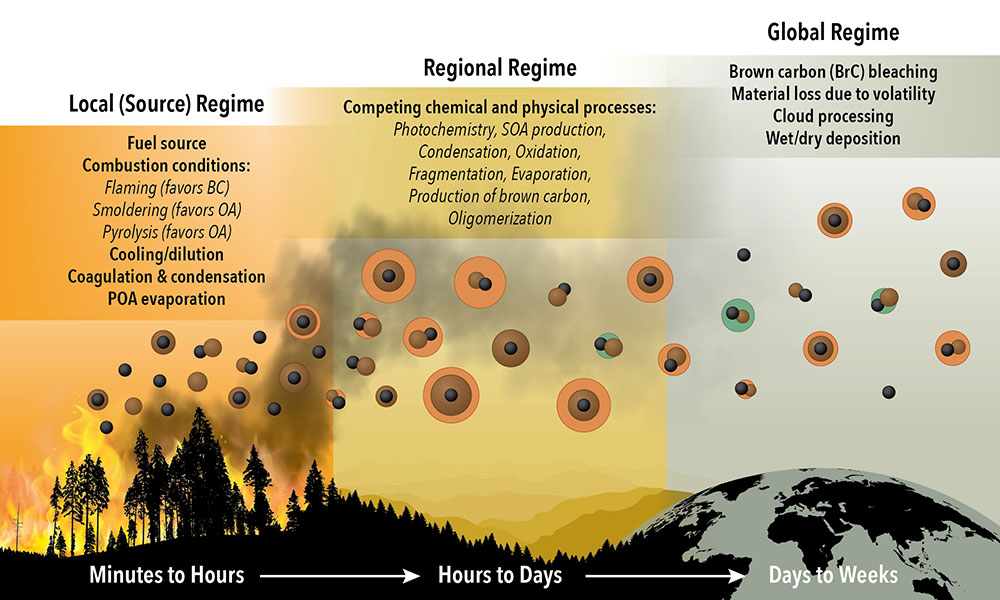
Scientists Map Changes in Soot Particles Emitted from Wildfires
We need a better understanding of the particles emitted by wildfires, including how they evolve, so we can improve our predictions of their impacts on climate, climate change, and human health. Atmospheric scientists at Brookhaven National Laboratory and collaborating institutions recently published a study that suggests the global climate models aren’t getting the full picture. Their data could change that.

Ogo Enekwizu Brings Soot-seeded Clouds into the Laboratory
Tiny particles in Earth’s atmosphere can have a big impact on climate. But understanding exactly how these aerosol particles form cloud drops and affect the absorption and scattering of sunlight is one of the biggest sources of uncertainty in climate models. Ogochukwu (Ogo) Enekwizu is trying to tame that complexity by creating soot-seeded aerosol particles in a lab.
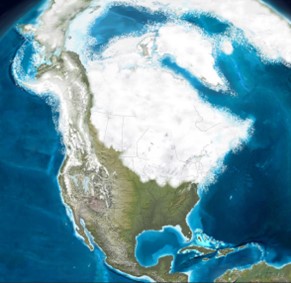
Elegantly Modeling Earth’s Abrupt Glacial Transitions
Milutin Milankovitch hypothesized that the timing of glacial transitions has been controlled by the orbital parameters of the Earth, which suggests that there may be some predictability in the climate, a notoriously complex system. In Chaos, Stefano Pierini proposes a new paradigm to simplify the verification of the Milankovitch hypothesis. Pierini’s “deterministic excitation paradigm” combines the physics concepts of relaxation oscillation and excitability to link Earth’s orbital parameters and the glacial cycles in a more generic way.
Clues about the northeast’s past and future climate from plant fossils
Ancient climates can help us understand the past, but also the future. 23 million years ago, in a time called the Miocene Epoch, Connecticut was around five to six degrees warmer than today and located roughly where Long Island is now.
Study finds sinking tundra surface unlikely to trigger runaway permafrost thaw
Oak Ridge National Laboratory scientists set out to address one of the biggest uncertainties about how carbon-rich permafrost will respond to gradual sinking of the land surface as temperatures rise. Using a high-performance computer simulation, the research team found that soil subsidence is unlikely to cause rampant thawing in the future.
Studying ship tracks to inform climate intervention decision-makers
Scientists from Sandia National Laboratories are studying ship tracks — clouds that reflect sunlight and are formed by moving ships, similar to contrails from planes — to help inform decision-makers of the benefits and risks of one technology being considered to slow climate change.
Remapping the superhighways travelled by the first Australians reveals a 10,000-year journey through the continent
New research has revealed that the process of ‘peopling’ the entire continent of Sahul — the combined mega continent that joined Australia with New Guinea when sea levels were much lower than today — took 10,000 years.
Scientists find iron cycling key to permafrost greenhouse gas emissions
The interaction of elemental iron with the vast stores of carbon locked away in Arctic soils is key to how greenhouse gases are emitted during thawing and should be included in models used to predict Earth’s climate, Oak Ridge National Laboratory scientists found.
Skiing over Christmas holidays no longer guaranteed – even with snow guns
For many people, holidays in the snow are as much a part of the end of the year as Christmas trees and fireworks. As global warming progresses, however, white slopes are becoming increasingly rare.
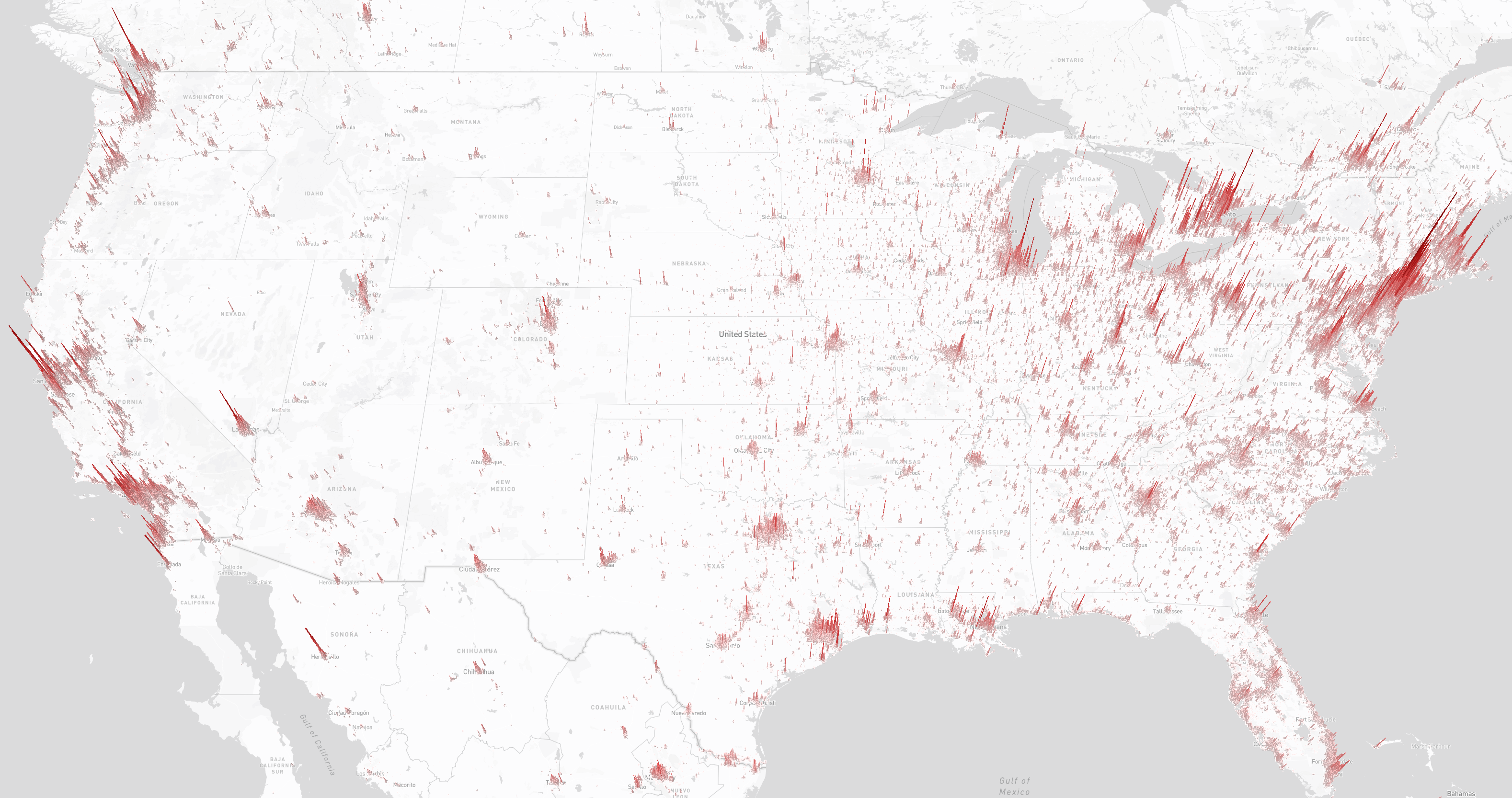
Novel atlas shows vast urban infrastructure divide between Global South and Global North
New data from an international research team adds another dimension – literally – to understanding the economic and environmental impacts of how cities are built. Using satellite mapping, researchers measured the height of built-up infrastructure in urban areas across the globe, which could improve projections of energy use and emissions and inform city planning and economic development efforts, including progression toward the United Nations sustainable development goals.
Scientists uncover new clues about the climate and health impact of atmospheric particles
Peering inside common atmospheric particles is providing important clues to their climate and health effects, according to a new study by University of British Columbia chemists.
Lights, Hurricane, Action: Preparing for and Enduring Big Storms
Scientists at PNNL are working to better prepare authorities, emergency responders, communities and the grid in the face of increasingly extreme hurricanes.
Taking it to the streets: ORNL models climate solutions for U.S. cities
Oak Ridge National Laboratory researchers are deploying their broad expertise in climate data and modeling to create science-based mitigation strategies for cities stressed by climate change as part of two U.S. Department of Energy Urban Integrated Field Laboratory projects.
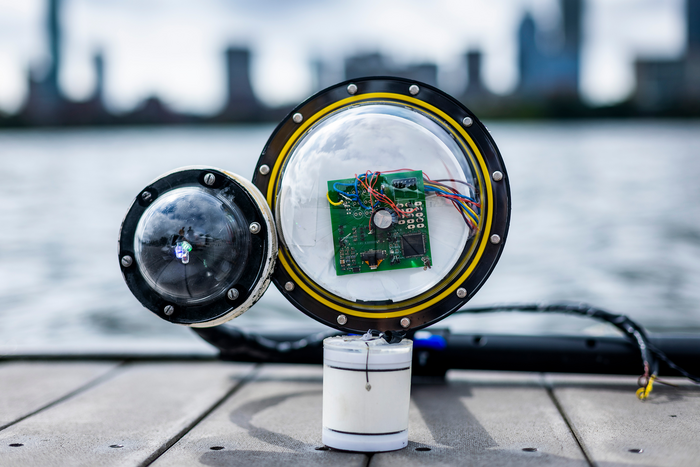
MIT engineers build a battery-free, wireless underwater camera
Scientists estimate that more than 95 percent of Earth’s oceans have never been observed, which means we have seen less of our planet’s ocean than we have the far side of the moon or the surface of Mars.
New report ensures hydropower sustainability amid climate change
The U.S. Department of Energy’s Oak Ridge National Laboratory has provided hydropower operators with new data to better prepare for extreme weather events and shifts in seasonal energy demands caused by climate change.
Story tips: Tailor-made molecules, better battery electrolytes, beyond Moore’s Law and improving climate model accuracy
ORNL Story tips: Tailor-made molecules, better battery electrolytes, beyond Moore’s Law and improving climate model accuracy
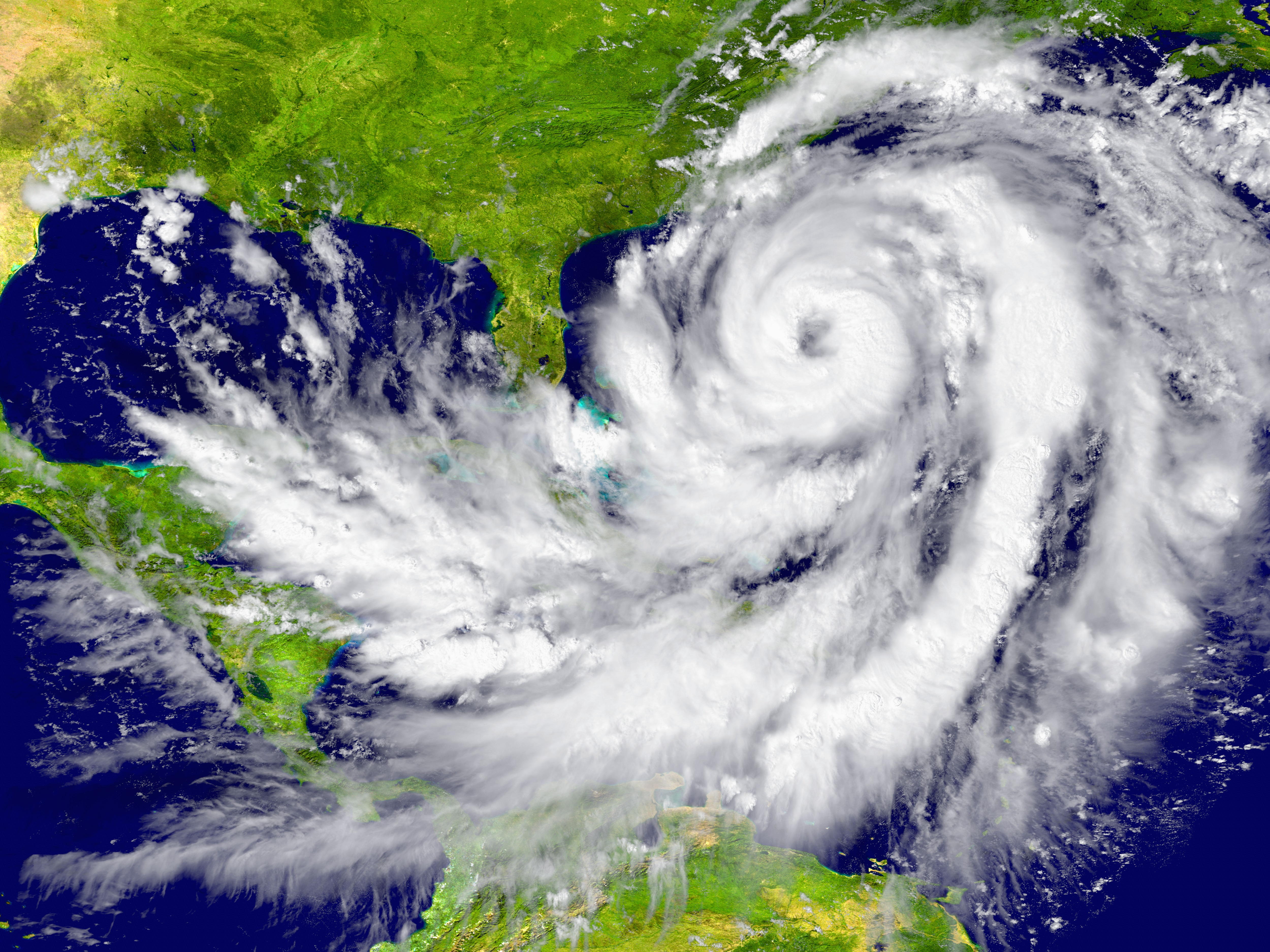
FAU Experts for the 2022 Hurricane Season
With the 2022 Atlantic hurricane season forecast to be above average activity with a higher probability of major hurricanes making landfall along the continental U.S. coastline, several FAU faculty experts are available to discuss various issues surrounding hurricane preparedness, evacuation and aftermath.
ORNL brings big science to address the climate challenge
Tackling the climate crisis and achieving an equitable clean energy future are among the biggest challenges of our time. Oak Ridge National Laboratory, the largest Department of Energy science and energy laboratory in the country, is deeply invested in the big science capabilities and expertise needed to address the climate challenge on multiple fronts.
Project aims to improve accuracy of climate change models
With a three-year, $500,000 grant from the National Oceanic and Atmospheric Administration (NOAA), scientists are working to improve climate models on which future water projections are based.
ORNL expertise supports latest IPCC report and efforts to understand, address climate change
Improved data, models and analyses from Oak Ridge National Laboratory scientists and many other researchers in the latest global climate assessment report provide new levels of certainty about what the future holds for the planet and highlight the urgency of decarbonization to avoid the most severe impacts.
Story tips: Getting to the root, empowering savings potential and hotter urban hydrology
ORNL story tips: Getting to the root, empowering savings potential and hotter urban hydrology
Argonne, New York Power Authority plan for the future in a changing climate
Argonne and the New York Power Authority are collaborating to determine how the utility’s infrastructure may be affected by extreme weather and other hazards.
Argonne’s Macal named Fellow of the Society for Computer Simulation International
Charles M. “Chick” Macal, a modeling and simulation expert at Argonne, garnered the distinguished title of Fellow of the Society for Computer Simulation International for his 20 years in the field and his recent studies on COVID-19 spread.
DOE Awards $15.6 Million for Atmospheric Research to Improve Climate Modeling
The U.S. Department of Energy (DOE) today awarded $15.6 million for new research studying the properties, formation, and interactions between atmospheric clouds and the aerosols that form them.
For Earth Systems Scientists, Every Day is Earth Day
Research on Earth’s systems can help scientists better understand our planet’s past and future. The Department of Energy’s Office of Science supports work to gather observations, improve models, and feed them into computer simulations.
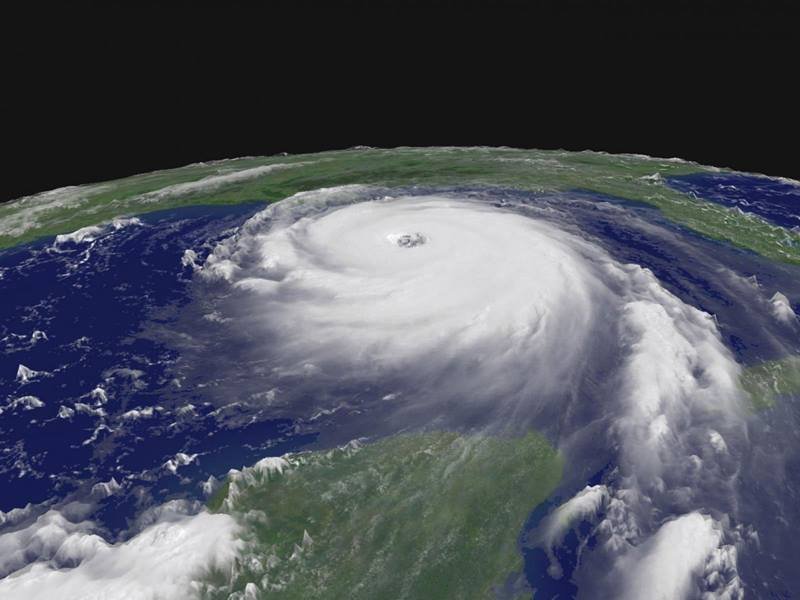
For Better Predictions, Researchers Evaluate Tropical Cyclone Simulation in the Energy Exascale Earth System Model
Infrastructure planning requires accurately predicting how tropical cyclones respond to environmental changes. To make those predictions, researchers use Earth system models. In this research, scientists analyzed tropical cyclones simulated by the Department of Energy’s Energy Exascale Earth System Model (E3SM). They found that high resolution is critical to simulating tropical cyclones and their interactions with the ocean.
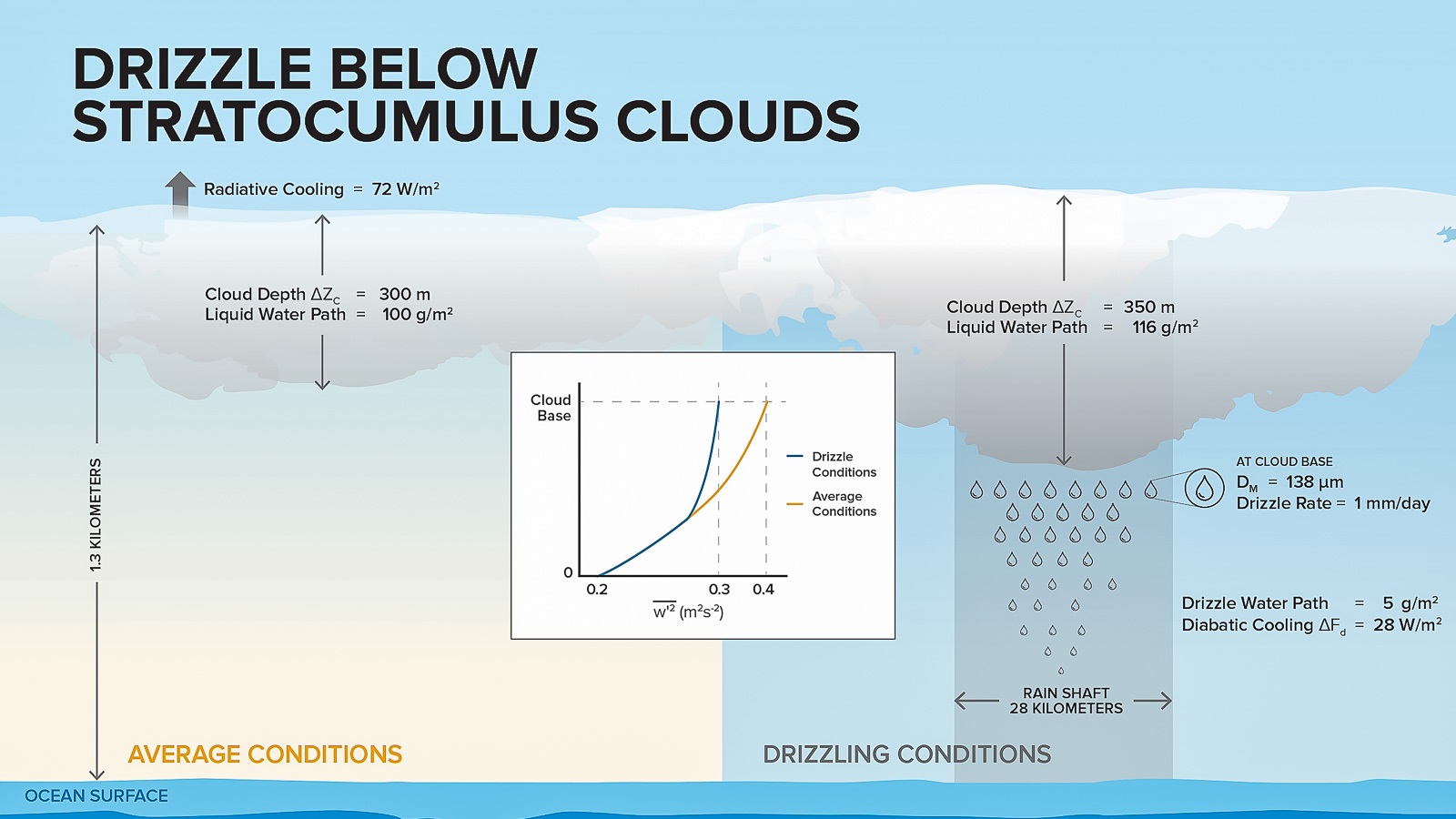
Tiny raindrops pose big challenges: Argonne researchers improve climate models, prediction of climate change
Drizzle in marine clouds is a key parameter for achieving more accurate climate predictions. Argonne developed novel techniques to retrieve drizzle properties and will expand its research to the aerosol impact on clouds and precipitation.
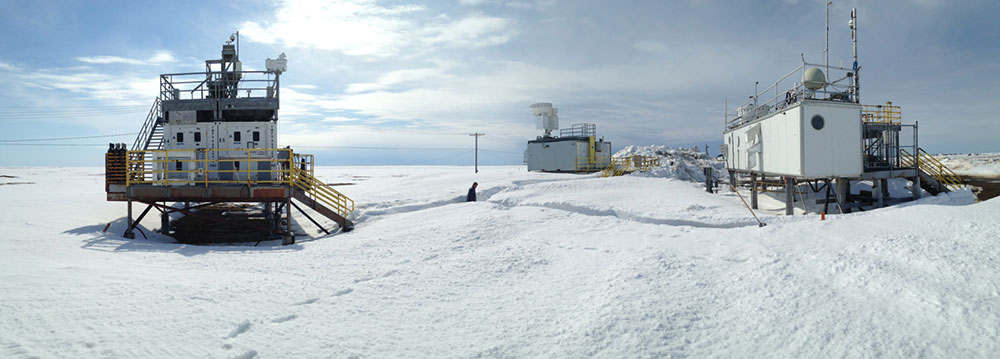
Explosive Origins of ‘Secondary’ Ice—and Snow
Where does snow come from? This may seem like a simple question to ponder as half the planet emerges from a season of watching whimsical flakes fall from the sky–and shoveling them from driveways. But a new study on how water becomes ice in slightly supercooled Arctic clouds may make you rethink the simplicity of the fluffy stuff. It describes definitive, real-world evidence for “freezing fragmentation” of drizzle as a major source of ice in slightly supercooled clouds. The findings have important implications for forecasting weather and climate.

Story tips: Urban climate impacts, materials’ dual approach and healing power
ORNL identifies a statistical relationship between the growth of cities and the spread of paved surfaces. // ORNL successfully demonstrates a technique to heal dendrites that formed in a solid electrolyte. // ORNL combines additive manufacturing with conventional compression molding.
Argonne National Laboratory climate model helps Pacific Gas and Electric Company combat climate change impacts, including wildfires
Scientists at Argonne developed a climate model that projects future conditions at neighborhood-level scale across the entire United States to help PG&E plan for extreme weather events in California.